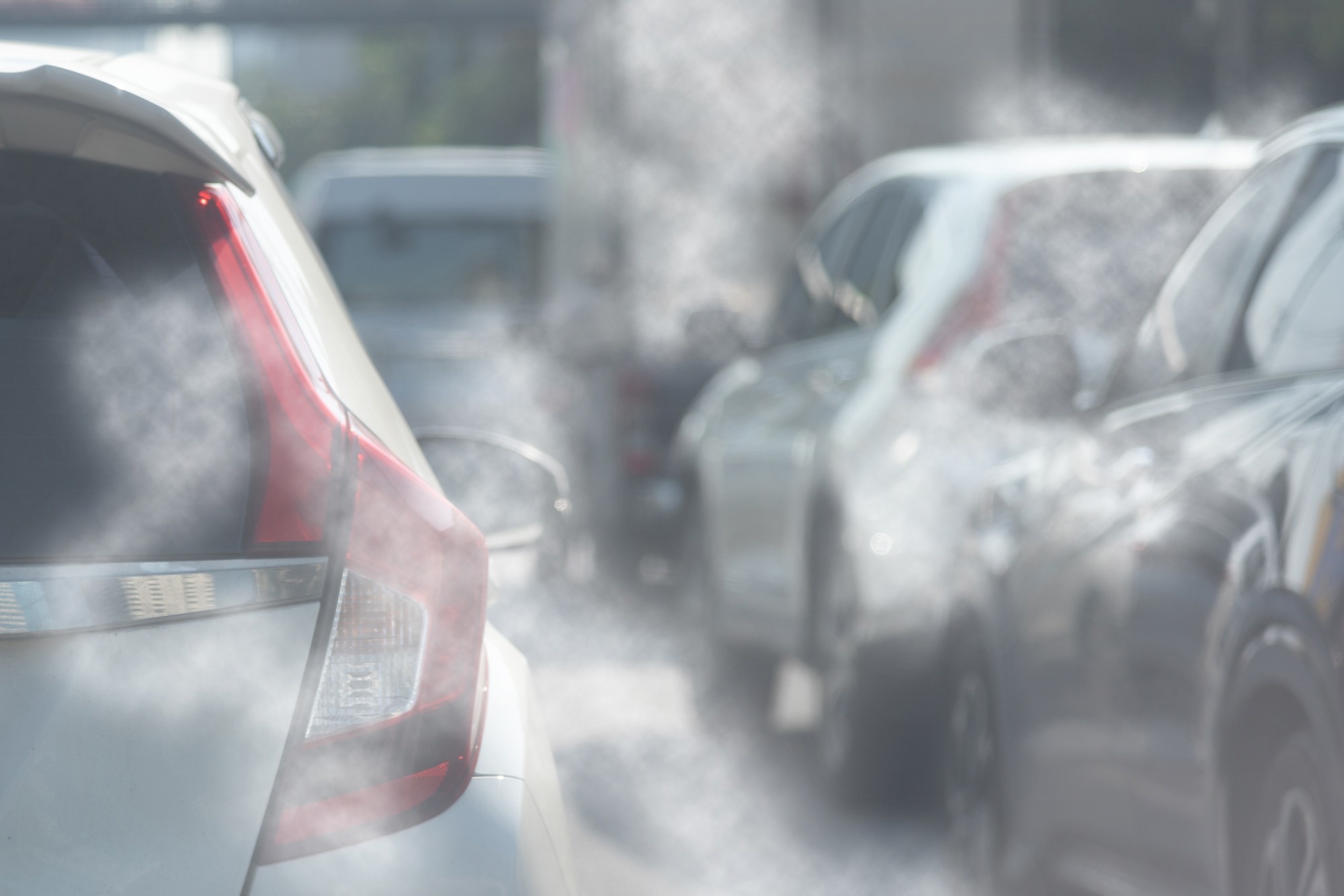In a recent study posted to the bioRxiv* preprint server, researchers investigated the waning of protective immunity conferred by prior infection by Omicron sub-variants BA.1, BA.2 towards its most recent sub-variant BA.5.
Background
Although studies have shown that a previous severe acute respiratory syndrome coronavirus 2 (SARS-CoV-2) Omicron BA.1/BA.2 infection protects against breakthrough infections by its subvariants BA.4/BA.5, the duration of this protection remains unclear. Since the researchers have adapted current coronavirus disease 2019 (COVID-19) vaccines to SARS-CoV-2’s most recent variant of concern (VOC) Omicron based on its sub-variant BA.1, this understanding has become even more critical. Furthermore, studies have evidenced that this protection continues to wane rapidly given the poor ability of BA.1/BA.2 infection to achieve robust neutralizing antibodies against BA.5.
About the study
In the present study, researchers used the Portuguese COVID-19 registry (SINAVE) to retrieve the national SARS-CoV-2 genetic surveillance data and identify periods when different SARS-CoV-2 VOCs represented >90% of the isolates. The SINAVE data encompassed all the notified cases of SARS-CoV-2 infection in the country based on a COVID-19-positive rapid antigen test (RAT), both molecular and professional, among all 12 years and older in Portugal. Notably, Portugal had over 98% vaccination coverage by the end of 2021.
The team divided the period of BA.1/BA.2 dominance into four periods, each of 15 days. Likewise, they segregated the dominance periods of pre-Omicron VOCs into three-month intervals. Further, the researchers divided the period of BA.5 infection into two equal periods of 17 days and repeated the analysis for each of these two periods. Furthermore, they compared the protection induced with BA.1/BA.2-infection towards BA.5 with the protection acquired with Delta-infection against BA.1/BA.2 over three to five months following infection.
Study findings
The number of uninfected people on June 1, 2022, i.e., the start of the BA.5 dominance, was 5328287, representing 57% of the Portuguese population over 12. The immune protection against BA.5 among those previously infected with BA.1/BA.2 was higher for individuals with more recent infections but reduced over two months from 88% at three months to 76% at five months. As a consequence of a two-fold reduction in protection at five months post-infection, the RR value was 0.24 compared to the RR of 0.12 at three months.
Furthermore, the authors noted that the protection against BA.5 acquired from a single pre-Omicron VOC was consistently lower and stabilized at about 50%. The rate of protection waning was similar for the two 17 days periods of BA.5 infection with a clear ~two weeks delay. Between three to five months after the first infection, the relative risk (RR) doubled from ~0.12 to ~0.25, indicating that the rate of decline was faster in the initial months, with a greater chance of the RR between the third and the fourth month.
Indeed, infection with Omicron sub-variants was superior to pre-Omicron VOCs in inducing protection against infection with other Omicron sub-variants. Therefore, the RR for BA.5 infection following BA.1/BA.2 exposure plateaued at a lower value than Delta to BA.1/BA.2 (~0.25 vs. 0.40). Across study groups aged 12 to 17 and 60+, the authors noted a similar rate of waning, likely because the decline in neutralizing antibody titers was independent of the initial titer.
Notably, the study design allowed the researchers to test overlapping cohorts at different intervals without introducing any significant bias in the final results. Since the study interval (period of BA.5 dominance) was identical for all study subgroups, the researchers could even calculate and compare absolute risks.
Conclusions
The current study data is critical to deriving the maximum benefit of the Omicron-adapted COVID-19 vaccines. It showed that BA.1/BA.2 infection induced hybrid immunity in vaccinated individuals protected against BA.5 breakthrough infection. However, this immunity began to wane within five months of recovery. Yet, it retained substantial protective efficacy at the end of those five months.
Intriguingly, the study results showed that immune waning followed similar kinetics in the two groups of BA.1/BA.2-infected individuals, whether or not they received a booster dose. Prior studies examining the effects of vaccination in Omicron cases have shown that the rate of waning of vaccine effectiveness of a second booster dose was the same as following the first booster dose.
Although the current study design could not quantify the added benefit of a booster dose for protection, booster doses did not reduce the waning of protection acquired following infection or subsequent vaccination. Conversely, booster doses significantly improved protection against severe COVID-19 following BA.5 breakthrough infection.
*Important notice
medRxiv publishes preliminary scientific reports that are not peer-reviewed and, therefore, should not be regarded as conclusive, guide clinical practice/health-related behavior, or treated as established information.











